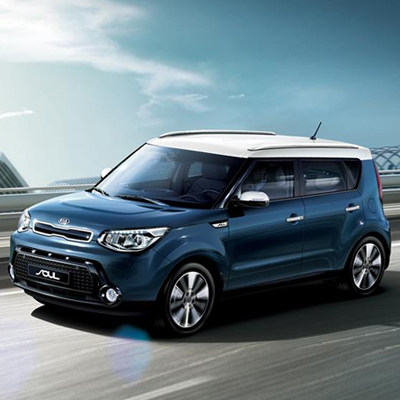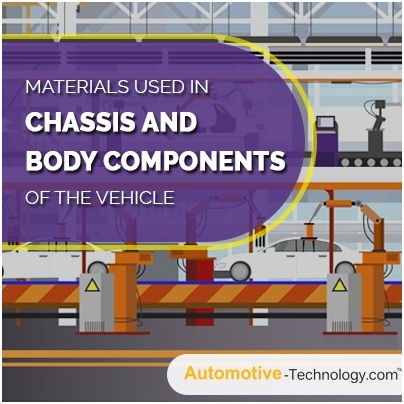Radical Innovation in Urban Transport - Mobilicity

The Mobilicity system is an automated, driverless system for GRT or Group Rapid Transit. It functions as an advanced bus or taxi substitute in a wide variety of situations. This approach offers significant environmental benefits, allowing its users to address the major problems associated with urban mobility: congestion, air quality, noise and fossil fuel use.
The Driverless Mobilicity
It is cheaper to operate than a conventional bus system and offers unrivalled flexibility in operation. The electric vehicles operate on any graded road surface and require no specific infrastructure; this is a major competitive advantage over its only current competition.
As typical new urban developments commit 30% of the available land to the private car for roads and parking, the application of the Mobilicity approach can reduce this to 8%; a very significant amount of land released for other uses. Further, it can also bring benefits in sensitive areas such as historic city centres where it can improve the environment without any structural impact.
Mobilicity has no direct competitors. Its closest rival is the PRT or Personal Rapid Transit sector. As an example, the Ultra PRT system, which uses a car-sized vehicle requiring extensive infrastructure, has considerable capacity and operational limitations compared to Mobilicity.
This innovative GRT concept has a very wide range of potential applications; from small scale private estates through to entire city centres. An independent analysis carried out for the company estimates the global market for systems of this type to be worth more than $8 billion by 2026.
Automated Battery PRT Cars Replace Buses at Heathrow Airport, Courtesy of www.cleantechnica.com
The Mobilicity project had its first developments in 2002 when the parent company, Capoco Design Limited, reached its 25th year of incorporation since it was formed in 1977. The approach at Capoco is always to look forward so the company decided not to concentrate on a reprise of its past activities, but to investigate the fairly urgent requirements for future city mobility.
Copoco with its public transport background, it seemed natural to commission a research project into the needs of city transport over the next 25 years up to 2027. This was to take into account all the major trends acting on the transport scene as a whole. This particularly included population growth and the rural-to-urban drift. It was therefore logical to study the transport needs of the mega-cities that will increase in number as we move from a 50% urban share of a 6 billion global population, to a 65% urban share of a 9 billion global population.
This demographic trend is being accompanied by an ageing population profile in many countries, with its impact on national finances, individual wealth, social exclusion and different mobility needs. These effects will run parallel to the equally well-known trends of reducing oil supplies, environmental pressure on local and global air quality and ever-greater societal losses through traffic congestion.
To study these major trends in our transport world, Capoco collaborated with the Helen Hamlyn Research Centre, headed by Jeremy Myerson, at the Royal College of Art, London. Also part of the team was the famous Vehicle Design department of the RCA, led by Professor Dale Harrow.
The work commenced with an in-depth review of the current situation, the many pre-determined global trends and all possible transport solutions. The project team invited a range of experts, from a range of sectors including city and transport planning, the built environment, social mechanisms, to ideas workshops to discuss and develop different approaches to the challenges ahead. To assist this investigation process, actual city journeys in London, Istanbul and Hong Kong were analysed by tracking actual individuals through a range of different commuter scenarios.
From studying the requirements, an idealised system was proposed that used automated vehicles, effectively of variable size, running over the assorted routes. Then a process of back-casting, or retropolation, was applied to discover how this ideal system could be achieved in practice.
It is important to confirm that the Mobilicity system was never seen as a universal solution to all the transport challenges in all cities. The characteristics were developed to be complementary to other existing systems based on the various existing road, rail and water vehicles.
One fundamental feature of the study was the need for strict technical and commercial realism. The approach had to be able to deliver practical solutions over the time-frame being studied. Therefore any solutions involving exorbitant costs, and those requiring total new city infrastructures were not pursued. This pre-condition of practicality related particularly to the road and fuel infrastructures.
Mobilicity Design Accomodates…
The resultant Mobilicity system uses automated vehicles to provide sustainable mobility within large metropolitan areas. As mentioned, it has been designed to address the three major challenges of congestion, air quality and energy use. The 5 metre long vehicle offers up to 12 seats including one wheelchair space. It can also carry 12 standing passengers, giving a capacity of 24, all within the length of a premium sector car.
Interior of Mobilicity
These modules can operate in platoons of up to six units giving a total capacity of 144 passengers. Operated in this way, the passenger capacity per direction per hour can easily rival rail-based systems at a fraction of the roll-out time and infrastructure cost.
Multiple Energy Conversion Options
The drive is series hybrid using a Li-Ion battery energy storage system. The three energy conversion options make the platform future-proof over the coming decades. The first version employs a bio-fuel ICE, the second stage uses a hydrogen ICE and the third and final drive configuration uses a low power hydrogen fuel cell. The vehicle has been designed to suit the low speed of modern urban conditions and combines the benefits of low power ratings, low noise, and increased safety.
The service operation is planned initially in closed communities such as exhibitions or airports and later will be deployed in exclusive lanes, like BRT or Bus Rapid Transit. Once the technology is fully mature, the system will cover the majority of the central city areas. This will allow flexibility in both timetable and routing to offer the best of both worlds – personal mobility within a public transport system.
Article by
Alan Ponsford, Design Director



